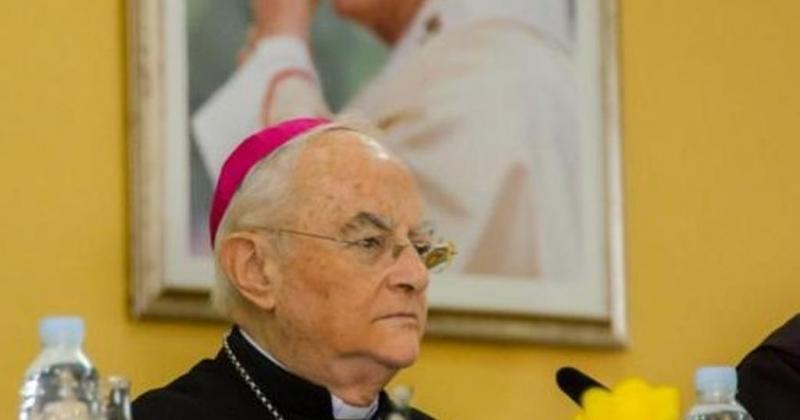The Polish archbishop had carried out a pastoral survey on behalf of the Pontiff. Now he will be in charge of accompanying the faithful on a permanent basis but without entering into matters relating to the authenticity of the apparitions.
There is still no pronouncement regarding the supernatural nature of the Marian apparitions that have followed one another over decades, but a significant decision that shows Francis’ priorities: the accompaniment of the many faithful who go to Medjugorje from all over the world.
On 31 May 2018 Pope Bergoglio appointed Monsignor Henryk Hoser, Archbishop Emeritus of Warszawa-Prague in Poland, as “ special apostolic visitor to the parish of Medjugorje, for an indefinite period and ad nutum Sanctae Sedis”, that is, at the disposal of the Holy See.
The Vatican Press Office informs that it is an “exclusively pastoral task, in continuity with the mission of the Holy See’ special envoy of the parish of Medjugorje, entrusted to Monsignor Hoser on 11 February 2017 and concluded by him in recent months”.
“The mission of the apostolic visitor - the communiqué concludes- is to ensure a stable and continuous accompaniment of the parish community of Medjugorje and of the faithful who go there on pilgrimage, whose needs require special attention”.
The director of the Vatican Press Office Greg Burke stressed the “pastoral, not doctrinal” character of Hoser’s mission and therefore, today’s decision “does not enter into the doctrinal questions” concerning the truthfulness of the Marian apparitions of Medjugorje. The appointment therefore represents “not the conclusion” of the Medjugorje affair, “but the next step” to Hoser’s first mission. The prelate, moreover, “will have residence in Medjugorje, for a tighter collaboration with the bishop and the local Franciscans”.
It is well known that Monsignor Hoser, who was not in charge of overseeing the apparitions as such, but of the pastoral care of the faithful, was personally very much in favor of the recognition of the apparitions. His indefinite nomination to “commissioner under the direct authority of the Pope to accompany the faithful brings as an implicit judgment the fact that in the past this was not done or was not done with due attention on the part of the diocese of Mostar, whose pastor, Monsignor Ratko Peric, decisively opposes the apparitions by branding them as false.
As you will remember, Benedict XVI had entrusted Cardinal Camillo Ruini with the presidency of a commission composed of cardinals, bishops and theologians, charged with examining all the documentation on Medjugorje.
When the commission concluded its work - with a positive judgment on the supernatural nature of the phenomenon at least in the first weeks of apparitions and the proposal to separate Medjugorje from the diocese of Mostar transforming it into a shrine under the direct control of the Holy See - the results were put into the hands of Pope Francis, who repeatedly publicly showed appreciation for the work and its conclusions.
Yet Ruini commission’s long dossier, which had examined all the messages, questioned all the “seers”, etc., was downsized as one of the Congregation for the Doctrine of the Faith’s many opinions. The Pope, however, wanted to take every decision to himself and asked that the opinions of the members of the Doctrinal Dicastery be sent directly to him.
The appointment of Hoser as permanent visitor indicates that, while awaiting future decisions on the nature of the phenomenon, the priority is and remains the pastoral care of the pilgrims who go to Medjugorje. The choice of the Polish bishop by now emeritus represents a first step in the solution indicated by the Ruini commission, that is the Holy See taking over the pastoral accompaniment of the millions of people who visit the small village of Herzegovina, which became famous in June 1981 for the most numerous Marian apparitions in history.
